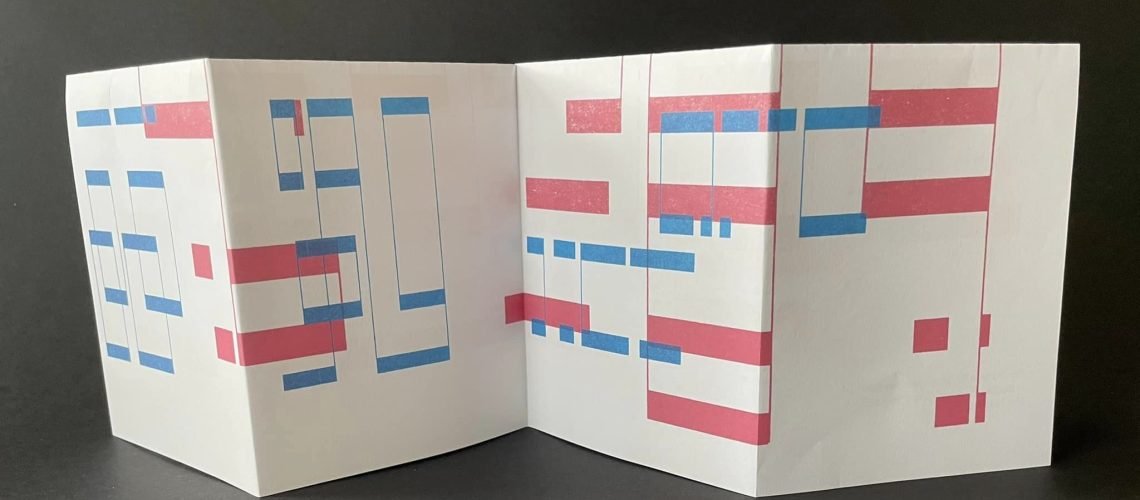Now that machines can employ their own scores, perhaps it’s a perfect time for scores that are imaginative, graphical, uncertain – human. Graphème is a new magazine celebrating these creations, and one composer is even making the process of printing part of musical creation.
Graphème reached its second issue last fall, published by Berlin’s smallest functional unit but featuring a diverse and international group of artists. See some images from these editions assembled here. It makes a great art object and physical merch, but I actually hope this inspires some of our readers’ doodle-ish instincts as a way to get playful with other musicians.
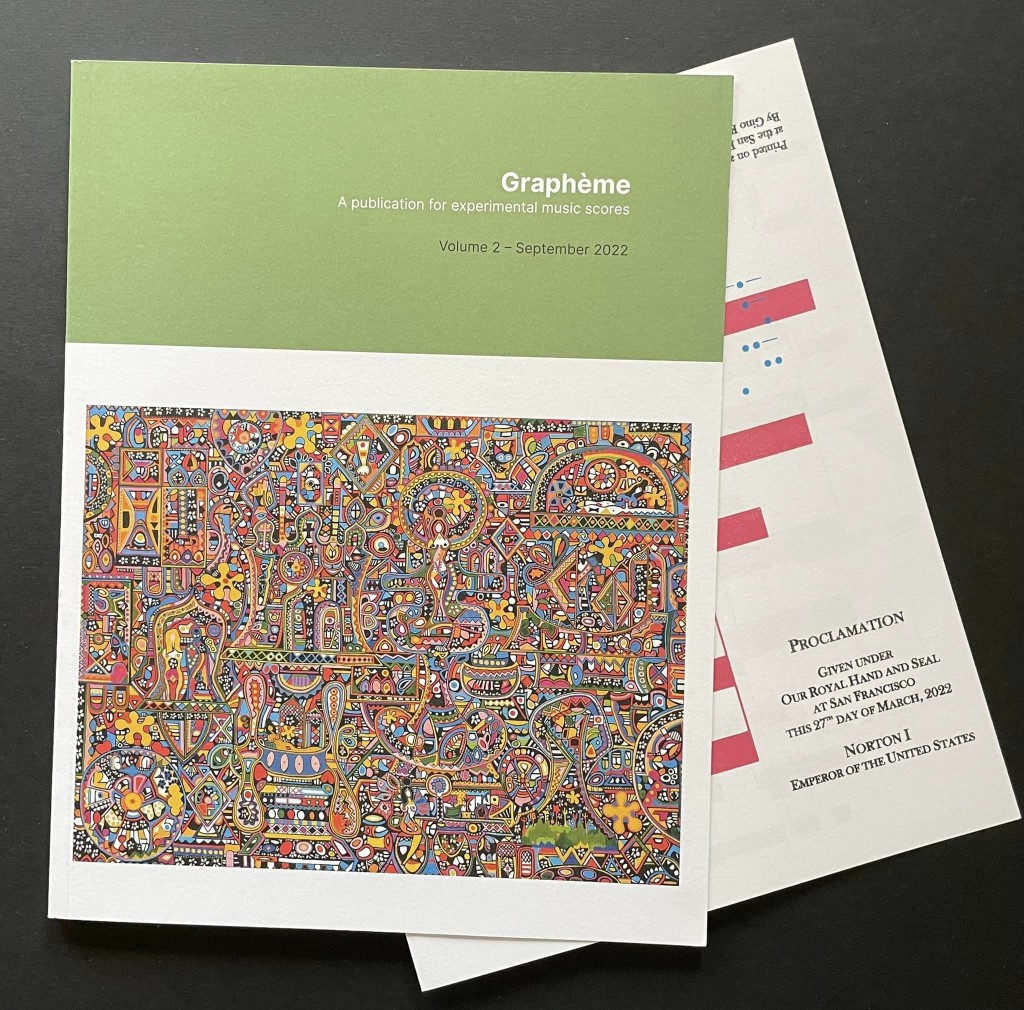
The edition’s mission:
smallest functional unit was founded in 2020 by Tony Buck, Mazen Kerbaj, Magda Mayas, Ute Wassermann and Racha Gharbieh with the aim of performing and publishing unconventional, hybrid notational formats and graphic scores by international composers. The publication will appear as Graphème, a series with a thematic focus.
And here are their thoughts on the second edition – 12 new scores in full color and black and white plus an insert poster:
As in the first edition, we find new ways to talk about organised sound and creative solutions to artistic questions and endeavours. In publishing a work like this, we hope to offer an alternative outlet for composers and performers to express, explore and publish their ideas in a direct and concrete way that bypasses the traditional and often outmoded options available to them in the mainstream music publishing world.
Here in the second edition we present twelve compositions from another set of varied and distinguished artists. These artists share a passionate interest in finding and expressing a personal language and vision beyond the standard systems of western notation, and represent the wide creative spectrum that makes up innovative new music composition today.
Many of the scores in this edition are graphically beautiful and intriguing, and hold their own as works of visual art.
We invite you to dive in, explore and experience the ideas and creations of some of our most adventurous, curious, imaginative and inventive composers.
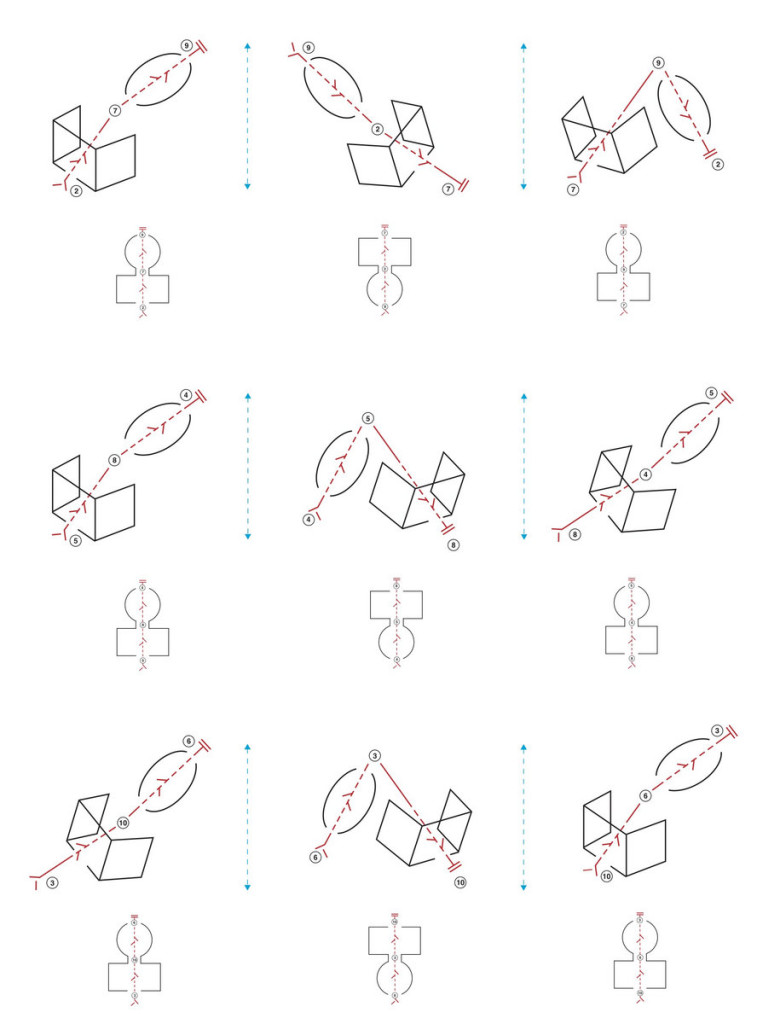
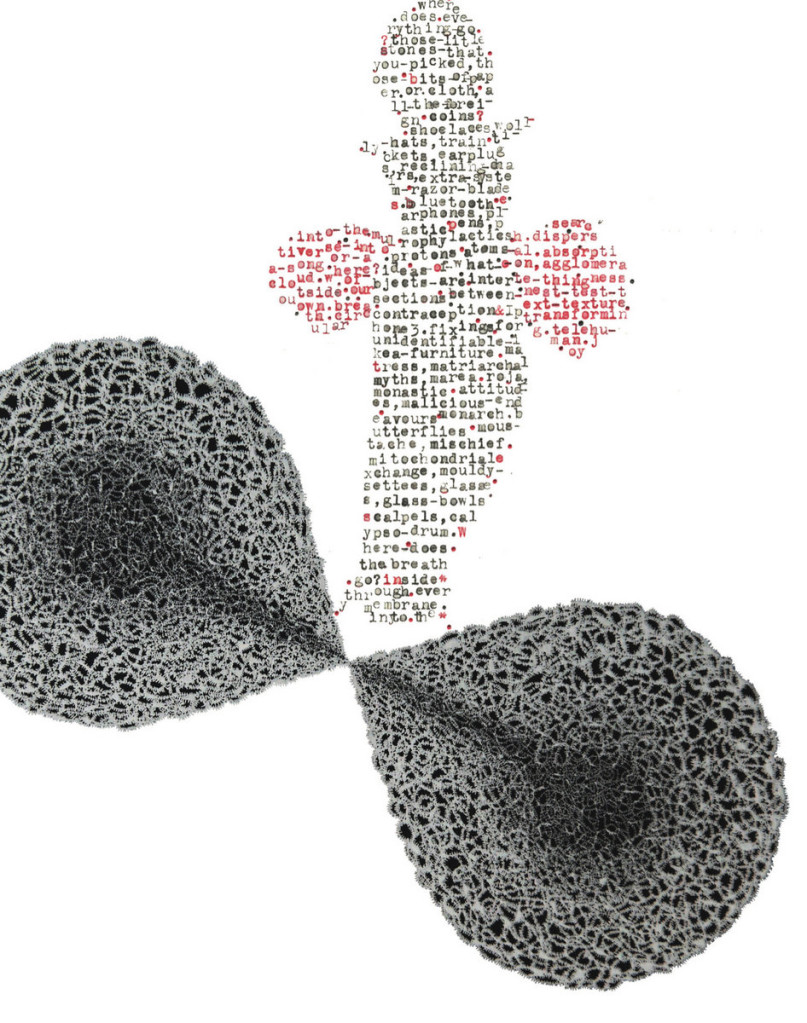

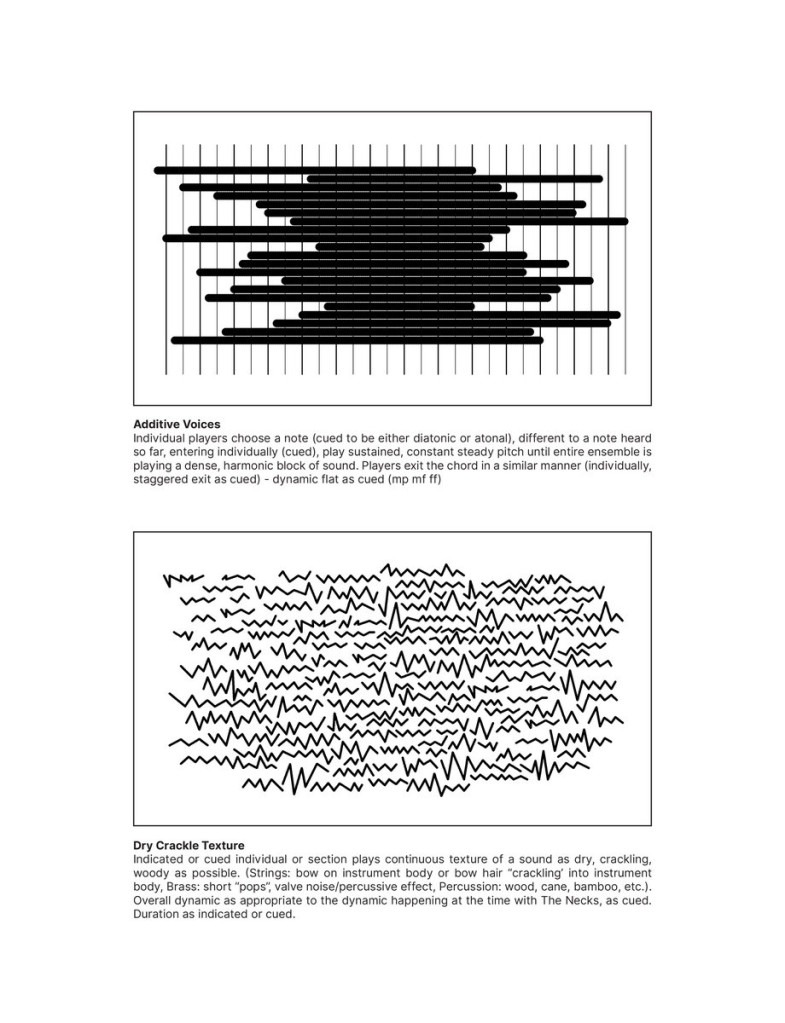

Images above: smallestfunctional unit, Graphème @ Bandcamp
The artists:
Christine Abdelnour
Burkhard Beins
Rhodri Davies
Clara De Asis
Emilio Gordoa
Tomás Gubbins
Hanna Hartman
Bonnie Jones
Raymond MacDonald and Jo Ganter
Montenegrofisher
Anna Pangalou
Gino Robair
Cover artwork by Dorothy lannone
Long-time music tech readers who don’t already know his work as a composer and musician will recognize the name Gino Robair from his work on Keyboard and as editor-in-chief of Electronic Musician. I have to confess I was reminded when Gino shared his risograph-produced score.
Gino has been busy on another project, mixing papermaking and graphical score interpretation with musicians – tubs of water and pulp and drying racks are set up literally amongst the ensemble, and players can respond as the process unfolds. (Yes, things like this still happen in Berkeley!)
Here are some of those images:


Lebanese-born musician and visual artist Mazen Kerbaj, who we’re hanging out with now in Beirut and who co-founded the publishing project, also has worked with live performance and scores. Check out his Synesthesia project, which combines live visual optics with interpretation by players – a kind of VJ-notation crossover:
Just as you can recover your love of the piano from botched piano lessons, exploring jazz and improvisation and the avant-garde, I think it’s possible to recover the joy of notation from too much time spent trapped in the grand staff and western quantization. Nothing against that notational system – I still have a special place in my heart for it, too. But looking at this graphical approach, there’s the potential to communicate across such a broader range of musics, electronic media included – and to return to the impulse that first strikes a child when making drawings of sound, and sound from drawings.
